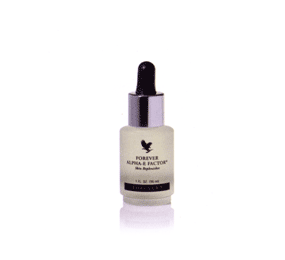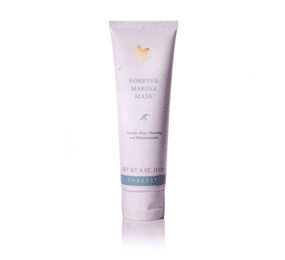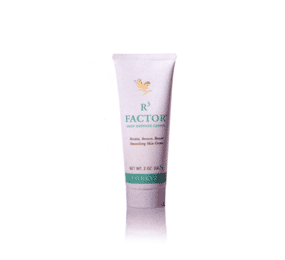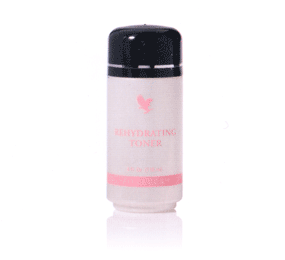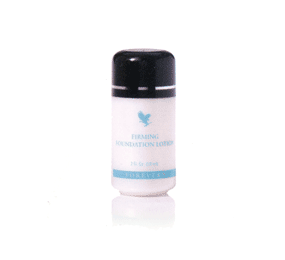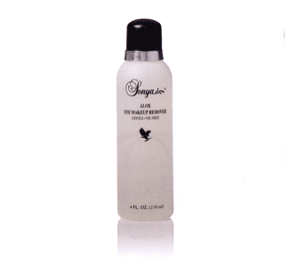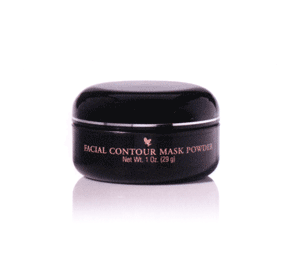Information & Articles > Aloe Vera
What is Aloe Vera? For centuries, Aloe Vera has been used by many different cultures. The “Aloe Vera medicinal plant” has been used by ancient Greeks, the Romans, the Babylonians, Indians and the Chinese. Throughout the years, Aloe Vera (Aloinae) has been called many things: Potted Physician, Miracle Plant, Wand of Heaven, Wonder Plant, Heaven’s Blessing, and Plant of Life.
Botanists have identified at least 200-300 different types of Aloe Vera plants. Of all these types of Aloe, only five have demonstrated medical benefits: Aloe Barbadensis Miller, Aloe Perryi Baker, Aloe Ferox, Aloe Arborescens and Aloe Saponaria. Aloe Barbadensis Miller is the most widely used as well as the most potent. Indigenous to Africa, it is now grown all around the world specifically in warmer, drier climates.
The structures of most Aloe plants are very similar. Aloe grows to maturity in approximately four years, at which time the leaves begin to sprout. They taper to a point near the top of the plant, and the leaves have soft spines every few inches lining their silhouette. The Aloe Barbadensis Miller has about a 12-year life span.
According to Dr. Peter Atherton in his book titled The Essential Aloe Vera*:
“The structure of the Aloe leaf shows the outer-rind about fifteen cell layers thick. . .
The hardness is due to the large amounts of calcium and magnesium present in it. . . .
Below the rind are vascular bundles or tubes of xylen and phloem. The xylen
transports water and minerals from the roots upwards into the leaves . . . The
phloem transports the synthesized materials down to the roots and other parts of the
leaf.”
Studies have found that there are 75 ingredients contained in the Aloe leaf. These ingredients have a variety of medical benefits. They are divided into the following categories:
- Ligin – This cellulose substance is found in the gel has no known medical properties except it posses the property of penetrating the human skin.
- Saponins – These form soapy lathers when mixed and agitated with water. They have been used in detergents, foaming agents and contain antiseptic properties.
- Anthraquinones – There are 12 of these contained in the sap of Aloe Vera: Aloin, Isobarbaloin, Anthracene, Emodin, Ester of Cinnamonic acid, Chrysophanic acid, Barbaloin, Anthranol, Aloetic acid, Aloe Emodin, Ethereal oil and Resistannol.
These act as natural laxatives, painkillers and analgesics, and they contain powerful antibacterial, antifungal and virucidal properties.
- Minerals – Aloe Vera contains the following minerals:
– Calcium (essential for proper bone and teeth density)
– Manganese (a component of enzymes necessary for the activation of other enzymes)
– Sodium (ensures that the body fluids do not become too acidic or too alkaline)
– Copper (enables iron to work as oxygen carriers in the red blood cells)
– Magnesium (used by nerves and muscle membranes to help conduct electrical impulses)
– Potassium (regulates the acidic or alkaline levels of body fluid)
– Zinc (contributes to the metabolism of proteins, carbohydrates and fats)
– Chromium (necessary for the proper function of insulin, which in turn controls the sugar levels in the blood)
– Iron (controls the transportation of oxygen around the body via the red blood cells)
- Vitamins – Aloe Vera contains numerous vitamins:
– Vitamins A, C, & E (crucial antioxidants that combat dangerous free radicals in the body)
– Vitamin B & Choline (concerned with the production of energy, amino acid metabolism and developing muscle mass)
– Vitamin B12 (responsible for the production of red blood cells)
– Folic acid (helps develop new blood cells)
- Amino Acids – Amino Acids are the building blocks of protein, which manufacture and repair muscle tissue. The human body requires 22 amino acids and needs 8 essential ones. Aloe Vera provides 20 of 22 required amino acids and 7 of 8 essential ones.
- Enzymes – Some of the most important enzymes in Aloe Vera are: Peroxidase, Aliiase, Catalase, Lipase, Cellulase, Carboxypeptidase, Amylase and Alkaline Phosphatase. Enzymes help to break down food and assist in digestion. Some enzymes help break down fats while others break down starches and sugars.
- Sugars – Aloe Vera contains both monosaccharides, such as glucose and fructose, and polysaccharides. Polysaccharides are the most important types of sugars. They aid in proper digestion, maintain cholesterol levels, improve liver functions and promote the strengthening of bones.
- Sterols – Sterols are important anti-inflammatory agents. The ones found in Aloe Vera are: Cholesterol, Sitosterol, Campesterol and Lupeol. These sterols contain antiseptic and analgesic properties. They also have pain killing properties similar to aspirin.
As Aloe Vera is comprised of approximately 99% water, all of these chemicals are contained in the remaining 1% of the plant. Although this may seem like a small percentage to contain so many ingredients, its helpfulness has been proven to be significant. Dr. Atherton claims that this is due to synergistic actions. He writes:
“Synergism is defined as, ‘the working together of two or more drugs, muscles, etc.,
to produce an effect greater then the sum of their individual effects.’”
Aloe Vera has the ability to provide essential nutrients, kill bacteria, viruses, fungi, yeasts and reduce inflammation. Dr. Atherton claims, “Tissues that die and are renewed rapidly such as the lining of the gut, which renews itself about every four days, and the skin every 21 to 28 days or so, need a rich and ready supply of building materials to produce and maintain healthy, efficient cells.”
A proper diet supplemented with Aloe Vera is an effective way to get these essential nutrients. Aloe Vera can also reduce inflammation to injured tissue. Inflammation occurs when healthy tissue is injured and blood begins to clot around the tissue to repair the injured tissue. Aloe Vera is a natural anti-inflammatory that is much more delicate on the human body.
The benefits of Aloe Vera have long been tested throughout history. It is only in recent years that studies have scientifically proven many of the medicinal benefits of Aloe Vera. Perhaps the longer that scientist and botanists study the benefits of Aloe Vera, the more improvements it will create to human health and well-being.
* Atherton, P. (1997). The Essential Aloe Vera. Newport Pagnell: Mill Enterprises.

